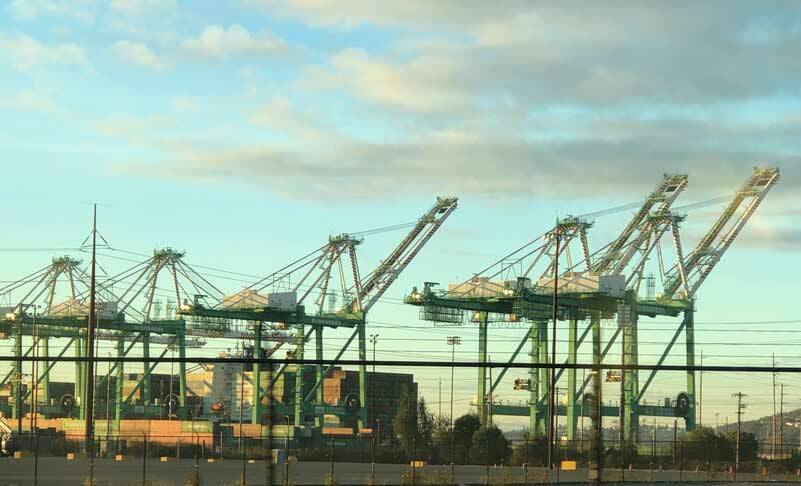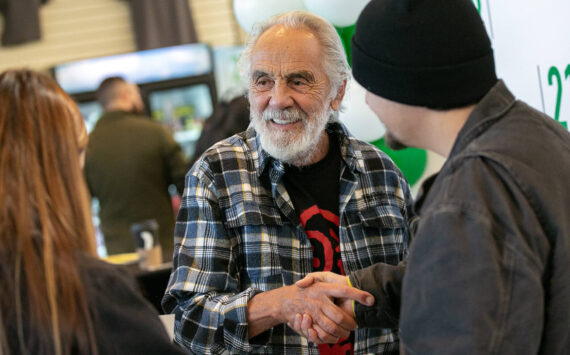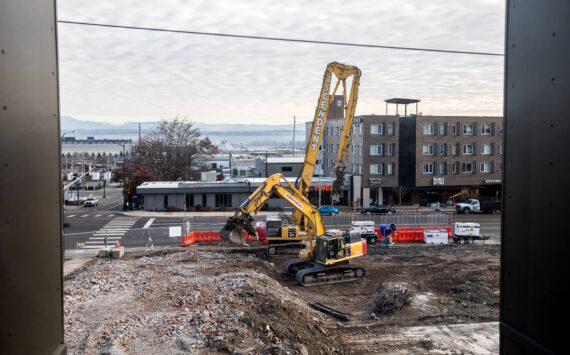By Morf Morford, Tacoma Daily Index
Here in the Puget Sound area, globalization is a given – even if we don’t notice that most, if not all of us, encounter it on a near daily basis.
Our local ports (in Olympia, Tacoma and Seattle in particular) provide many thousands of direct and indirect jobs. The state of Washington has 75 ports – in 33 of the 39 counties.
A port, by definition, is a operational link to outside sources – by water, land or air.
Washington has the largest locally controlled public port system in the world. Washington state has 2 percent of the U.S. population, and its ports handle 7 percent of U.S. exports and 6 percent of all imports.
The Port of Seattle and Port of Tacoma combined are the third largest container complex in North America, after Los Angeles/Long Beach.
Washington’s influence reaches around the world – from wheat to software, our products are sent everywhere. And we act as a gateway to the rest of North America as well.
Washington is a major importer of forest products (mostly from Canada), high-tech equipment, and aircraft engines; but if you pass by a port, you are likely to see that cars and auto parts are now common imports as well.
In other words, 33 of our 39 counties across the state have a direct or near direct link with markets around the world.
From apples to aircraft, our ports make it all possible. You can see more on Washington state ports here.
What is globalization?
Globalization is so woven into our landscape and economy that we barely notice it. It pervades our restaurants, our vacation options and, for many of us, our work day and financial well-being.
Globalization, for better or worse, is the term for this interconnectedness with people we are likely to never meet – even though they directly impact our incomes, local events and the cars we drive. Globalization, for most of us, relates to trade between international partners. But it is far more than that.
For details on the past and future – and consequences – of globalization, be sure to check out this Khan Academy set of courses.
For many of us, however, globalization literally comes home.
The world in our neighborhood
As of 2020, a little over 12% of Tacoma residents were foreign born.
A bit over 10% of Tacoma residents are of Black or African-American origin, and about 9% are Asian. And about 9% consider themselves “multi-racial” (non-Hispanic).
Approximately 1.5% of Tacoma residents are of Native origin. And about 12% of those in Tacoma are of Hispanic origin. That leaves about 58% of us as White, non-Hispanic.
In Tacoma, about 94% of us are US citizens – which is about one percentage higher than the national average.
You can see a wider range of updated data on Tacoma here.
On a state-wide basis, most immigrants came from (or through) Mexico (primarily in Eastern Washington), followed by India and China. About 13% of us statewide are Hispanic. And about 9% of us are Asian. On a statewide basis about 67% of us are White, non-Hispanic. You can see details on statewide data here.
In short, thanks to global trade, military deployments, travel and immigration, we in the greater Tacoma/Puget Sound area have connections to virtually every corner of the world. And, unlike many parts of the world, what happens many thousands of miles away, from civil wars to natural catastrophes, is likely to have direct impact on families and livelihoods here.





